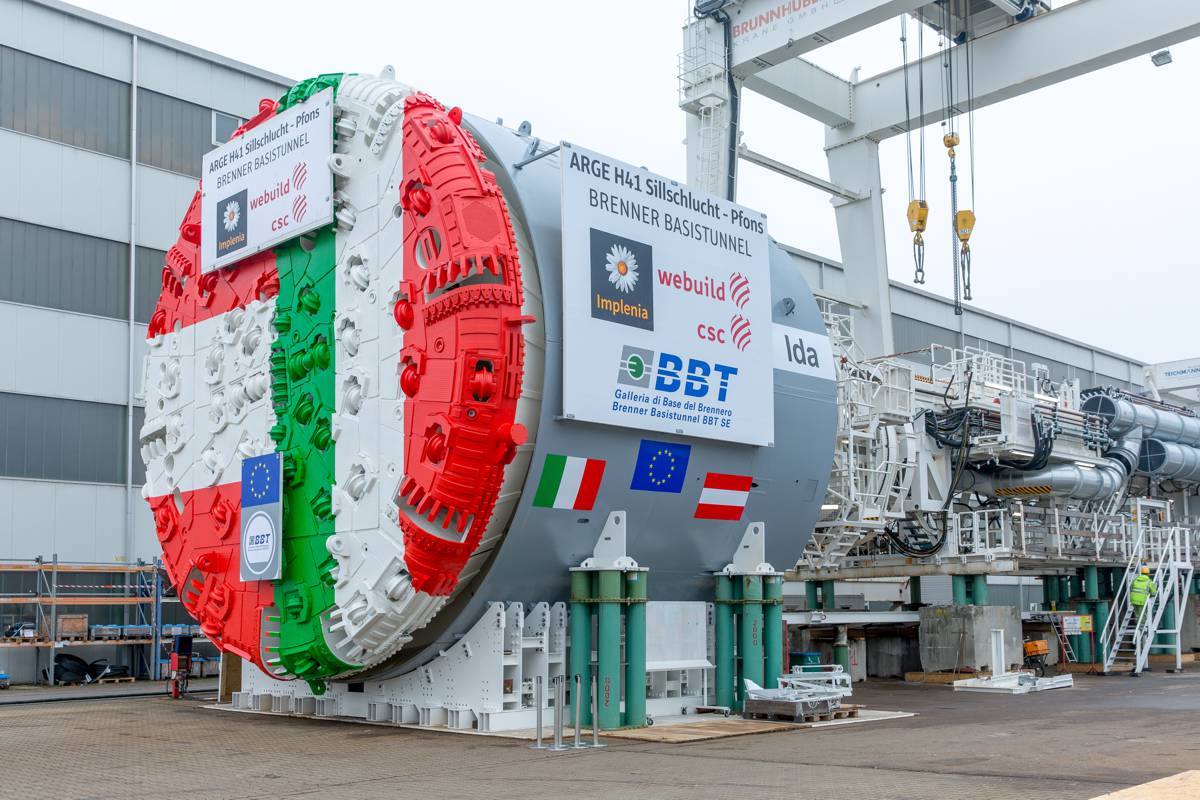Paso de Agua Negra International Tunnel will connect Argentina and Chile
The Inter-American Development Bank (IDB) has approved a US$40 Million loan that will allow preliminary works for the new Paso de Agua Negra International Tunnel (PETAN) which will be 13.9 kilometres long and constructed at an altitude ranging from 3,620 metres to 4,085 metres above sea level.
This IDB support programme allows for the structuring and preparation of the project, assistance to the authorities of both countries, including legal, technical and environmental consulting, institutional strengthening, and the final engineering design for the tunnel.
The new Agua Negra tunnel, at an estimated cost of US$ 1.5 Billion, will connect San Juan province in Argentina with Coquimbo in Chile.
The tunnel is key to improving trade integration between the two countries and the rest of Mercosur – the South America Common Market – through a new corridor as part of the Mercosur road network will connect the Atlantic and the Pacific from Porto Alegre, Brazil to Coquimbo, Chile.
The new tunnel will be able to handle freight trucks, and reduce the length of the current passage by 40 kilometres, increase road safety, and cut travel time by about three hours.
The current Agua Negra mountain pass, located 4,765 metres above sea level is used by between 8,000 and 10,500 vehicles a year, and is not equipped to handle freight. This mountain pass is closed between May and October because of snow.
Economy integration to create growth
The new tunnel project is part of efforts by both countries to develop regional integration strategies in order to plan and connect their infrastructure. The main goal of these efforts is to strengthen and facilitate trade flows between the two countries, thus contributing to regional economic growth.
Economic integration between Mercosur and Chile is one of the greatest potential sources of economic growth in the region. It raises the prospect of giving countries along the Atlantic basin access to ports on the Pacific coast – and access for Chile to ports on the Atlantic – stimulating trade with bustling markets in Asia.





















